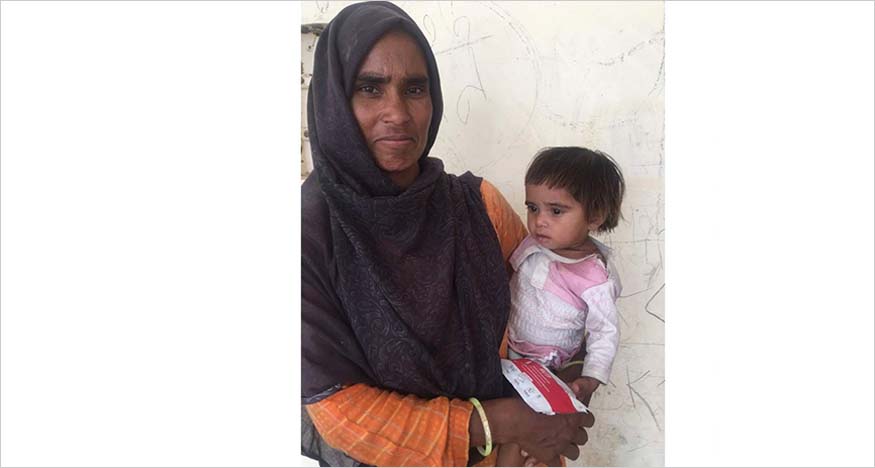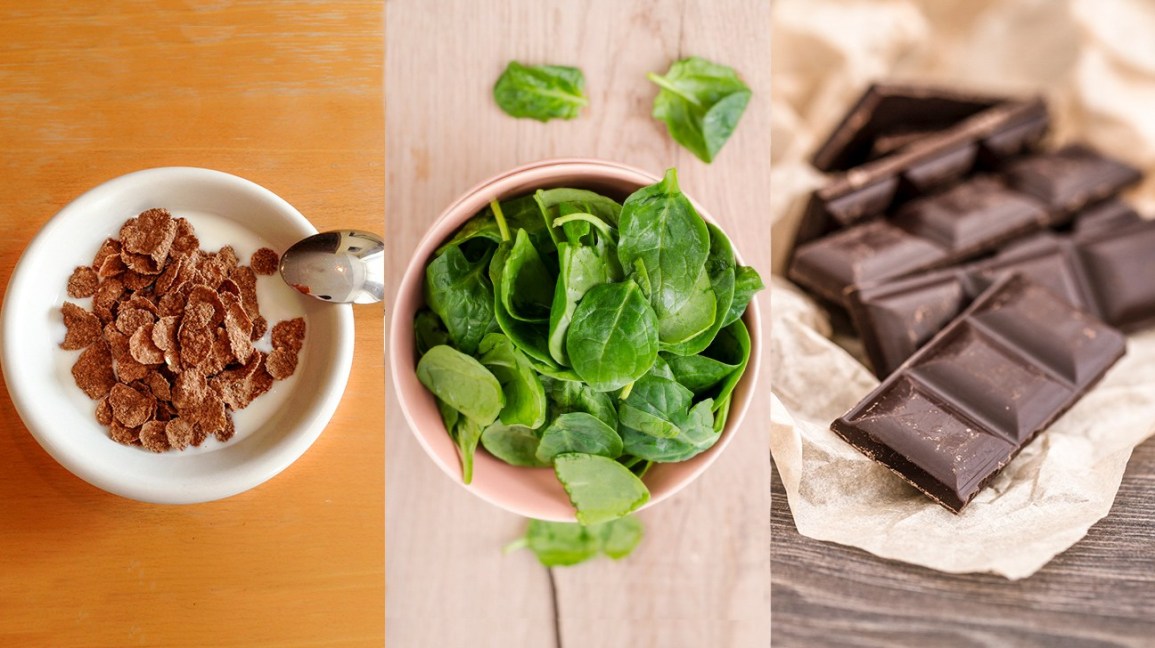The case for community-led action to fight malnutrition in rural India
India is
host to more than 30% of child wasting globally, which is one of the main
reasons for its deplorable child mortality rates also. What is even more
surprising is the absolute stubbornness that this menace has shown over the
last decade, despite huge amounts invested in building public infrastructure
and trained human resources. The fact that about 20% of all Indian children are
wasted is a harsh testimony that the present approach to handle this grave
crisis needs to be relooked into and appropriately remodelled. This is
essential to build a future Indian populace which is healthier, largely immune
to diseases and happier. Given the humongous population still under its sway,
Severe Acute Malnutrition (SAM) needs focussed attention and
innovative approaches to handle the situation better.
In this context, the effectiveness of
Community based Management of Acute Malnutrition (CMAM)
approach needs to be emphasized. Not all SAM cases need institutional
treatment. And given the huge disparity between demand and
supply of public health infrastructure, alternative approaches to
handle SAM would always be essential. Uncomplicated SAM is treated more
effectively through an established CMAM model. Given the high Out Of Pocket
Expenditure (OOPE) model on which the current health infra is based on,
(especially the case with private establishments), the need for treating SAM
children in the community using certain best practices cannot be
over-emphasized.
A model where CMAM could supplement the in-patient facilities would always be a
welcome change, considering the benefits that the target population receives. A
far cry from the monotonous nutrition provided by food security schemes for
poor and needy, a comprehensive CMAM approach ensures that adequate nutrition is
made available and accessible to the SAM-afflicted children through
Ready-To-use Therapeutic Food (RUTF) and home-based initiatives from healthcare
extension workers. All this encompasses to create a positive environment, in
which the child is cared for his immediate health concerns, and approach may be
appropriately tweaked and customized according to requirements. This is more
effective, efficient and economical in dealing with SAM. This also leads to
minimal disruptions in the family from their everyday chores, as often happens
in case of institutional treatment.
POSHAN Abhiyan launched by the Government
of India to improve the nutritional status of malnourished children is a
concerted effort in the right direction. CMAM
approach could be a crucial pillar in this scheme, and enable it to assume
larger proportions. Scaling the approach could also pave a sustainable pathway
to take decisive actions for eradicating SAM. This multi-pronged approach is
indispensable to handle child wasting in entirety, given that the dynamics
behind SAM is not a simple
cause-and-effect health condition.
Taking advantage of the already vast
expanse of healthcare extension workers deployed on ground (Auxiliary Mid-Wives
and Anganwadi workers), and successful programmes in Jharkhand, Bihar and
Rajasthan already making CMAM a
viable approach, it is time to push the pedestal to the next level.
Provisioning energy dense RUTF could be one of the most cost effective ways to
handle SAM at the community level. Complementing other health inputs, RUTF has
been proven to make the child nourished with essential nutrients. Resultantly,
the child gains weight and wasting is slowly but effectively handled.
India is at the cusp of
leveraging the advantages accruing from a favourable demographic dividend. For
it, a healthy workforce is essential. High-impact nutrition interventions like CMAM could go a long way in enabling
the vision of healthy and prosperous children. The time to act is now.




Comments
Post a Comment